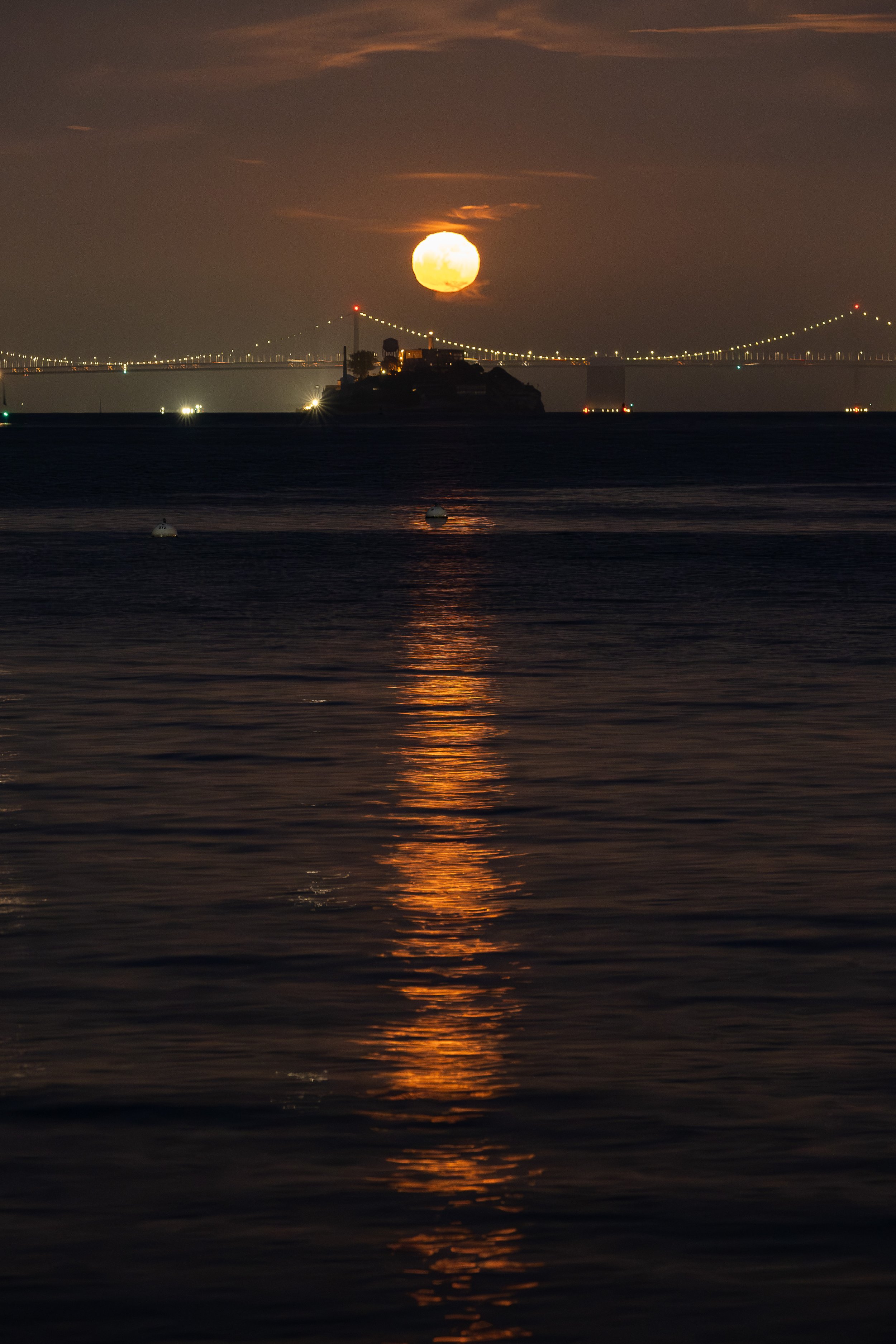Capturing the Majesty of Yosemite: My 3-Day Photography Journey
From June 17th to 19th, 2024, I embarked on a photography-focused adventure in Yosemite National Park. Armed with my Fujifilm X-T5 and X-S20, I set out to capture the park's stunning landscapes using the Fuji XF 10-24mm for wide-angle shots and the Fuji XF 70-300mm for zoomed-in details. Michael Frye's "Yosemite Photo Guide" was my trusted companion, guiding me to the best spots at the optimal times. Here’s a detailed account of my itinerary and experiences.
Day 1 - Arrival and Sunset Photography
After a 4 hour drive from San Francisco and another hour drive once inside the park, I checked into my rustic canvas tent cabin at Curry Village, eager to start my photographic journey. Despite the unheated tents and the low 40s temperatures at night, the accommodations were comfortable and provided easy access to the park's key locations.
Curry Village Tents - as seen from Glacier Point
I enjoyed a Pizza from the Pizza Deck and Beer from Bar 1899 at the dining pavilion, prepping myself for the evening shoot.
### 6:30 PM - Sunset Photography at Glacier Point
Driving to Glacier Point was a breathtaking experience in itself, and the one-hour journey flew by. As the golden hour approached, I set up my gear to capture the mesmerizing views of Half Dome and the Yosemite Valley bathed in the warm light of the setting sun. By 8:30 PM, I returned to Curry Village, eagerly reviewing the day’s shots and backing them up before calling it a night.
View of Half Dome from Glacier Point
Half Dome
Day 2: Sunrise, Cycling, and Iconic Views
### 4:30 AM - Early Moring Photography at Taft Point
Despite the cold and early hour, being alone at Taft Point for sunrise was surreal. The early light striking El Capitan made for some of my favorite shots of the trip. Taft Point is about a mile hike from the parking lot.
Taft Point
Taft Point
Taft Point
Wildflowers on the way back from Taft Point
### 9:30 AM - Breakfast at Curry Village Coffee Corner
A light breakfast and a strong coffee fueled me for the day ahead.
### 9:00 AM - Photography-Related Cycling in Yosemite Valley
Cycling through the valley floor, I captured iconic landmarks like El Capitan, Bridalveil Fall, and Yosemite Falls. The X-T5 with the 10-24mm lens was perfect for wide-angle shots of these grand landscapes.
### 12:00 PM - Lunch at the Degan’s Kitchen
### 5:30 PM - Dinner at Curry Village Pizza Deck
Pizza and a local microbrew were the perfect prelude to another sunset shoot.
### 6:30 PM - Sunset Photography at Tunnel View
Although high-level smoke from nearby wildfires obscured the view slightly, capturing El Capitan and Half Dome from Tunnel View was still an unforgettable experience. Along the drive, I also photographed Bridalveil Falls.
Bridalveil Falls
Tunnel View
Tunnel View Blue Hour
Day 3: Early Morning Magic and Departure
### 6:00 AM - Breakfast at Curry Village Coffee Corner
A hearty breakfast was essential before packing up.
### 7:00 AM - Last bits of Photography on drive out
The Three Brothers
Reflections on an Unforgettable Journey
Yosemite is a photographer’s paradise. Each location offers unique challenges and rewards, making every shot a cherished memory. The combination of the right gear, the indispensable "Yosemite Photo Guide," and the park's natural beauty made this trip one for the books. Whether you’re a seasoned pro or an amateur, Yosemite will inspire and challenge you in the best ways possible. I can’t wait to return and discover even more of its hidden gems.






























































